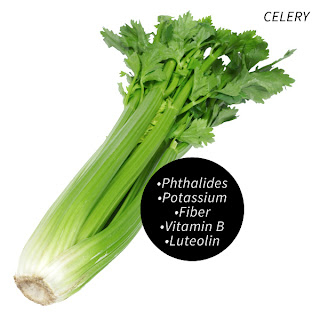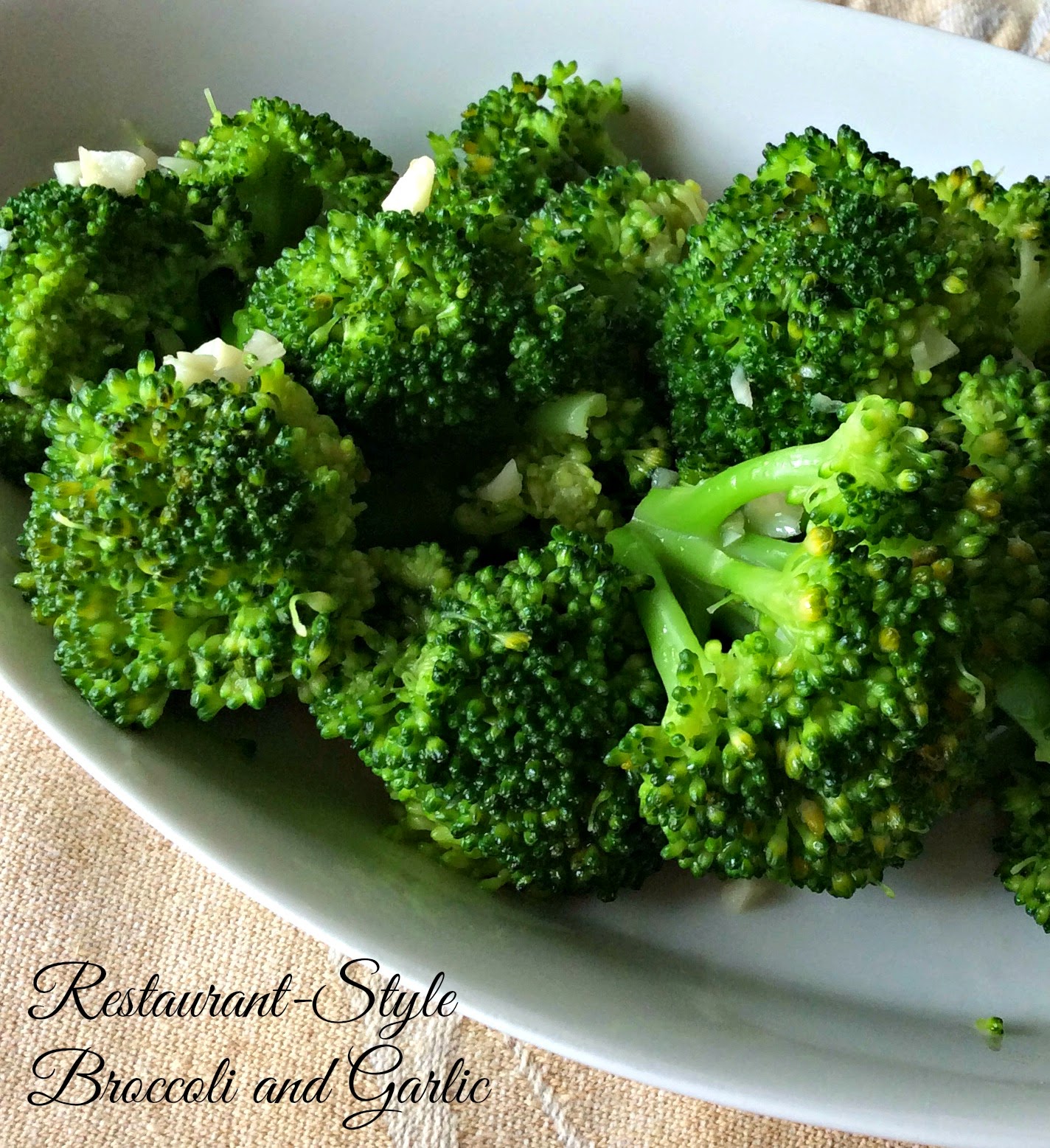I am delighted to have found some more information about the health benefits of food. The photos and copy are all courtesy of the website whose link is below. Fascinating site with various links to other information. I recommend you visit the site when you have time. The whole concept here was to present vegetables with high water contents and evaluate their worthiness to your body.
CELERY: The crunchy vegetable’s leading claim to fame is the presence of
active
compounds called phthalides, which help relax muscles around the
arteries and allow blood vessels to dilate, eventually lowering blood
pressure. Celery’s stalks are also high in potassium (one cup provides
eight percent of our daily requirement) and provide two grams of fiber.
From a calorie perspective, one cup has only 16 calories (less than a
piece of gum). Celery is also a good source of vitamin B and contains
luteolin, which works to decrease inflammation in the brain that occurs
with aging.
Here is a link to some recipes and within the page is one for a
walnut cream cheese spread that I like to put on celery.
CUCUMBERS: It’s no surprise that cucumbers have a moisture content of 90 percent.
What you may not know is that they are a source of protein, calcium and
iron, and they contain vitamins C and A, fiber and beta carotene (an
important antioxidant that contributes to eye and skin health and cancer
prevention). Cucumber skin contains nutrients, including vitamin K,
which helps with blood clotting. A few slices of this green vegetable
also provide potassium, an electrolyte that helps keep the heart
healthy, and manganese, a mineral that helps build strong bones.
I use cucumbers for salad and if my husband grows them in the garden he
generally makes home made bread and butter pickles. The slimmer
cucumbers tend to have smaller seeds which are the ones I try and pick.
If you should not have seeds then remove the seeds with a spoon after
you have sliced the cucumber in half lengthwise.
ICEBERG LETTUCE: When it comes to lettuce, it’s true that the deeper the color, the
higher the vitamin and mineral content. However, one cup of iceberg
provides some vitamin K, folate (a B vitamin that helps protect the
heart, and for expectant moms, guards developing fetuses against spina
bifida, a birth defect), potassium and fiber. Iceberg and other types of
lettuce are about 95 percent water and practically calorie-free, making
them a great fill-you-up food.
Ah, the crunch of fresh, crisp iceberg lettuce! Love it for the crunch although it's very bland in taste. This is the one that requires a little dressing up. Great on sandwiches and using the larger outer leaves for a wrapped sandwich that contains a tuna, chicken or seafood salad.
HEARTS OF PALM: These flavorful stalks contain protein, vitamin A, folic acid and almost
no fat. A half cup has 115 calories. Hearts of palm earn their place on
your plate because they’re a good source of potassium, which is
important for heart and nerve cell function and blood pressure
regulation. A great addition to salads, they’re a solid source of fiber,
iron and calcium.
If you live in a tropical area, you have access to fresh hearts of palm and if you own a high end restaurant your availability increases greatly. For common folks there is only canned hearts of palm. Hearts of palm are often used raw in salads and can be fried like a french fry. The internet is loaded with recipes you can explore.
RADISHES: A cup of these spicy bulbs has a mere 24 calories and contains potassium
and vitamin C. Most importantly, radishes are moisture- and fiber-rich.
Fiber is key for keeping our digestive tract healthy and ferrying the
bad cholesterol (LDL) out of our system. What’s more, the crunch and
distinct flavor of radishes acts as a palate-cleanser and is satisfying
enough that it may prevent you from overindulging in something less than
good for you.
The radish is a kind of root vegetable known for its fresh, peppery
flavor and crisp, crunchy texture. The most common radish is the red
globe which has a mildly peppery flavor, but there are many other
varieties. They are terrific in salads, sauteed in a pan with some butter and herbs and add a nice crunch and peppery flavor to a potato salad.
Here is a link for my home made
cranberry sauce recipe. Don't just make it at Thanksgiving. Make it to go along side that nice roasted chicken!
CRANBERRIES: Fruits and vegetables have so many health benefits, known and still
being discovered, that they seem almost like a cure all. Every day, new
research is being conducted on the health benefits of fruits and
vegetables in the diet, both overall and specific varieties. Findings to
date indicate that on the whole, these nutritional jewels:
- Help with weight management
- Provide fiber for cardiovascular health
- Deliver powerful vitamins and minerals, essential to health and well-being
And these are just a few of the key overall benefits of fruits
and vegetables! A new study out is now pointing to the benefits of
cranberries in particular. This study found that cranberries and
cranberry juice helped to lower blood pressure in study participants
when consumed daily over an eight week period.















Comments
Post a Comment